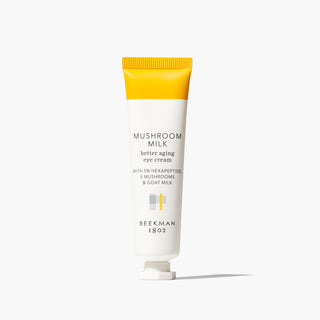Breakfast in bed is not a very frequent affair on Beekman 1802 Farm (Or any farm for that matter.) But every once in awhile we do find it fun to bring one of our friends or family members a morning treat on a special occasion.
Unless you’re royalty (are you royalty? If so, let us know…that’d be cool!) you probably won’t get a ton of use out of a breakfast-in-bed tray. So why spend a ton of money on one? This one is super easy and inexpensive to make yourself.
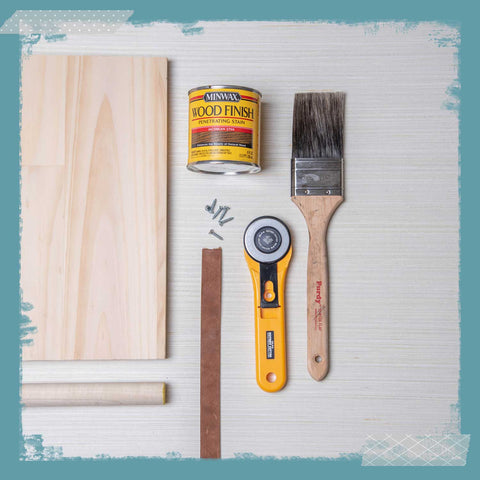
MATERIALS
- Wood
- Wood Stain (Jacobean Finish)
- Stain-friendly brush
- Sandpaper block (fine/medium)
- Saw
- Wood Screws
- Screws (short)
- Leather
- Dowels (1-1.4 inch)
- Drill
- Small dropcloth
- Leather hole punch
INSTRUCTIONS
Measure out the desired length for your tray. We marked our wood to 12-inches wide by 20 inches in length and 1 inch in diameter. Mark your measurements with a pencil to indicate where to cut.
We used an electric-powered saw for this project. A traditional saw will also work, it just will involve a bit more elbow grease. Make your cuts based on the markings.
The dowels will act as the legs of the tray. The length of the dowels can be any desired length, based off the purpose and the desired appearance of the tray. Our dowels measured at 4 inches.Measure the dowel stick to the desired length. Mark four markings on the dowel stick at equal lengths, then make your cuts with a small hand saw.
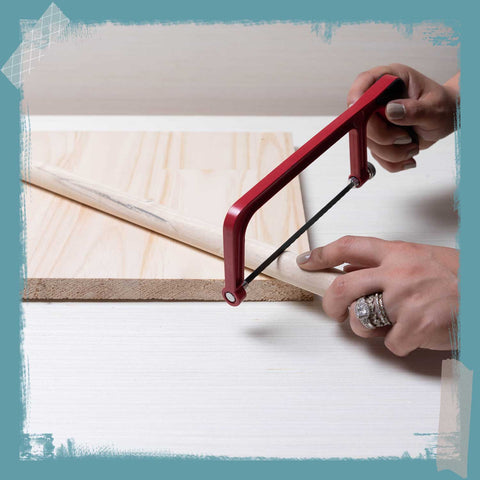
Smooth the cut edges of the tray and dowels with a sandpaper block.
Make a pencil marking on one of the two ends of the dowels, centered the marking. Using the drill with a drill bit, make a hole 1/2 inch to 3/4 inch deep into the dowel, repeat on each dowel. Now flip the tray over to have the underside up and make markings about 1-1/4 inch in from each edge. Drill a hole all the way through. Repeat on each corner. Flip the tray top side up and begin to screw in the screws from the top side going down, screwing into a dowel on every corner.
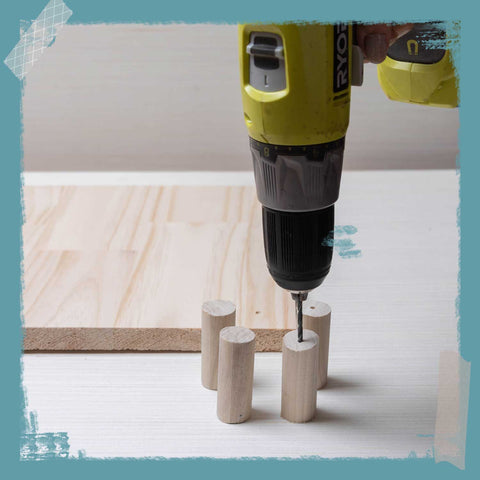
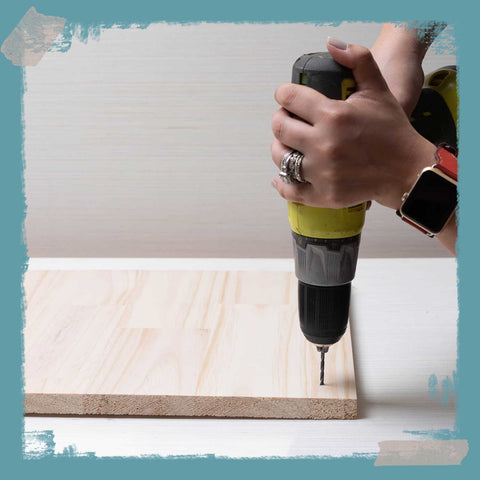
Time to stain the tray and dowels. Make sure to be in a well-ventilated area since the stain has a strong scent and can be irritating.
Dip your brush about two inches into the stain can, brushing the excess off when pulling the brush outwards of the can. The typical rule of thumb is to brush in the direction of the wood grain. Use light brush strokes, spreading out the stain until there is an even “dry” looking surface. While brushing on the stain, make sure the stain is being absorbed and there are no bubbles or puddles. Repeat until the wood is covered entirely. Stain the sides and bottom as well. Repeat the staining process on the dowels.

Set your stained wood pieces on a surface or drop cloth that won’t transfer the stain onto anything important and yet does not affect the drying process for the edges. Follow the recommended drying time as listed on your container of stain. Our can said a minimum of eight hours. Doing this part of the project at night is best so you can let it dry overnight.
For the handles, measure your board width wise. Our board measured 12 inches. Now add 1.5 inches on each end to account for wrapping the leather under the board for a finished look. Next, add another 1.5 inches in length to your measurement. This gives space for hands to use the leather as functional handles. We needed a total of 16.5 inches in length.
Cut leather using heavy-duty scissors or a rotary knife. Repeat one more time in length for the other handle. Next, use the leather punch to punch a centered hole 3/4 inch in at the tail ends of the leather. Next, flip the tray underside up. Set the end of the leather to be secured on the underside running the width of the tray and place the leather 1 inch in from the corner. Drill a short nail into the hole of the leather, securing the strap. Repeat on the other side.


Once everything is together, start serving!






